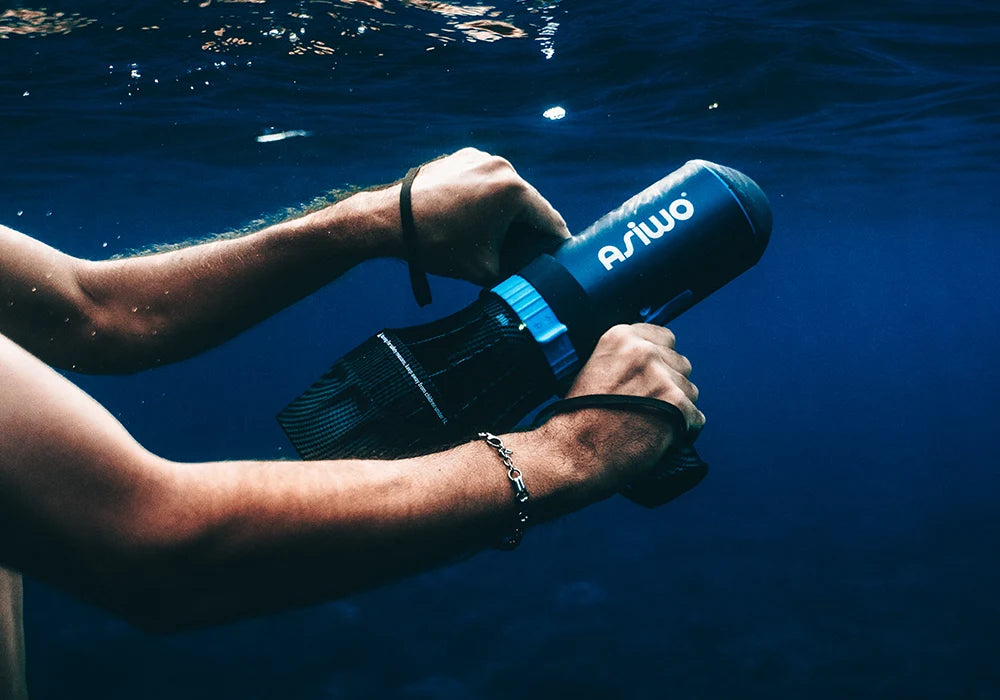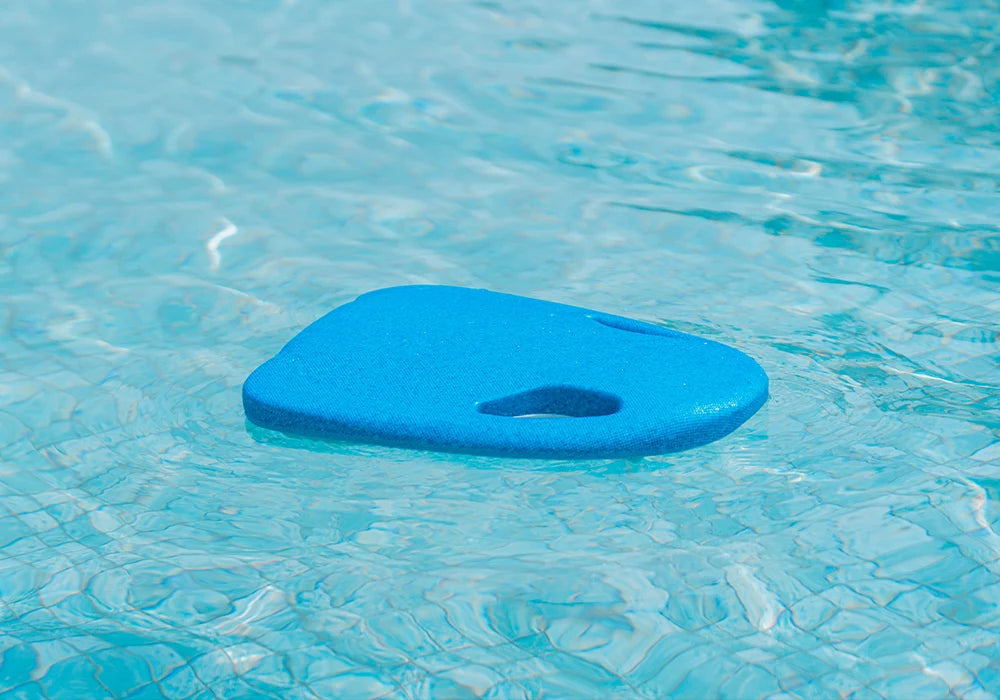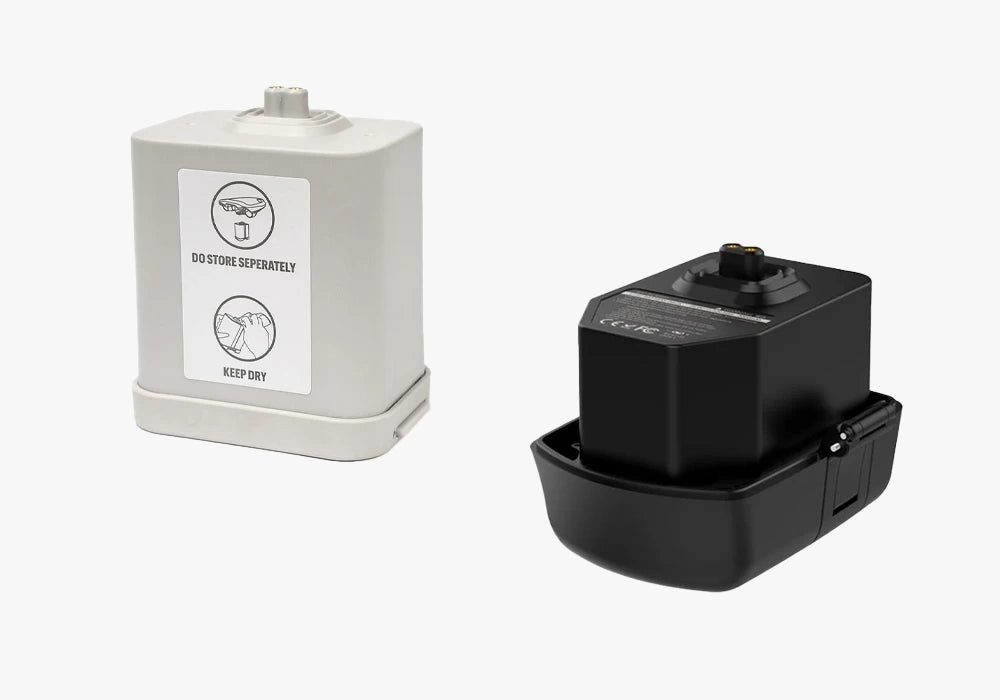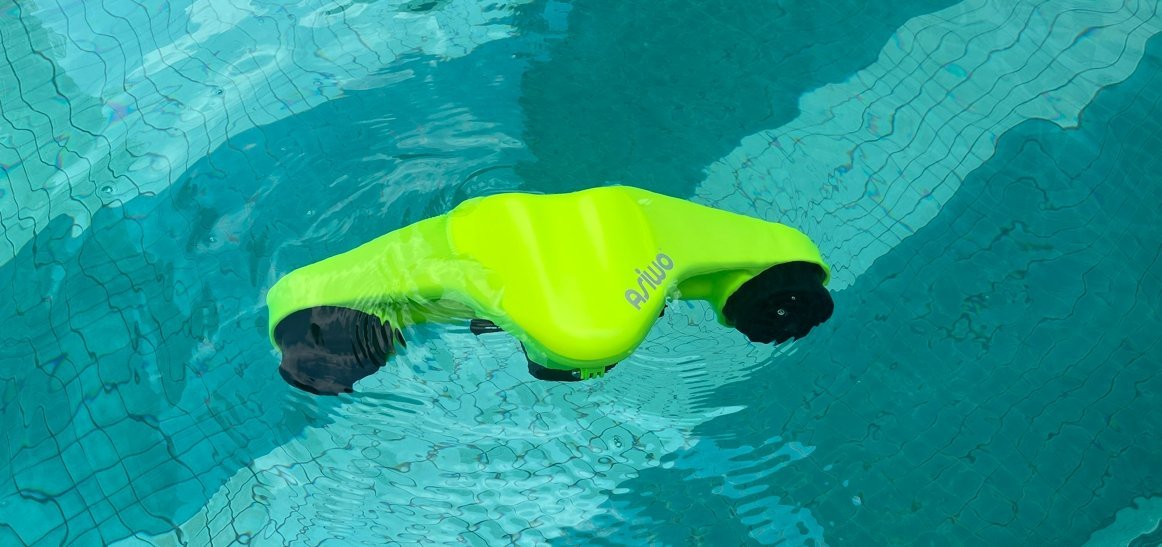Beneath the surface, where sunlight fractures into liquid gold, a symphony of engineering awakens—the underwater scooter transforms human movement into aquatic flight.
These sleek devices don’t merely propel divers; they dissolve the boundary between biology and technology, granting swimmers the fluid grace of a manta ray paired with the precision of aerospace machinery.
At their essence, they harness principles from marine hydrodynamics and electrochemical energy storage, converting kilowatts into kinetic poetry that dances with Newtonian physics.
Core Components and Their Functions
An underwater scooter’s effectiveness hinges on three primary systems working in harmony:
Propulsion System
At the heart of the device is a brushless DC motor, optimized for silent operation and corrosion resistance.
This motor drives a propeller with angled blades designed to maximize thrust while minimizing turbulence.
The motor’s RPM (revolutions per minute) directly correlates to the scooter’s speed, typically ranging from 2 to 5 mph depending on model and water resistance.

Power Source
Lithium-ion batteries dominate modern designs due to their high energy density and rechargeability.
A standard 24V battery pack can deliver 60-90 minutes of continuous use, though actual runtime depends on speed settings and load (e.g., diver weight or attached gear).
Waterproof battery compartments with pressure seals ensure safe operation at depths up to 130 feet.

Control Interface
Ergonomic triggers or buttons allow precise speed adjustments, often with 2-3 preset modes.
Advanced models integrate wireless handheld remotes that sync with the motor via waterproof Bluetooth connections, enabling divers to adjust thrust without releasing their grip.

Physics of Underwater Movement
Water’s density creates unique operational challenges.
The propeller generates forward thrust by accelerating water backward—Newton’s third law in action.
However, drag forces increase exponentially with speed; doubling velocity quadruples resistance.
Buoyancy management is critical.
Neutral buoyancy chambers or adjustable ballast weights counteract the scooter’s natural tendency to sink or rise, maintaining stable depth during operation.
Some models feature automatic depth-holding modes that adjust propeller pitch to compensate for depth changes.
Motor and Battery Synergy
A 500W motor in saltwater behaves differently than in freshwater due to increased conductivity and density.
Manufacturers compensate with specialized coatings and higher torque ratings.
Battery discharge rates adapt dynamically—high-speed bursts drain power faster but trigger thermal sensors to prevent overheating.
Battery life calculations factor in:
-
Current draw (amps) at selected speed
-
Water temperature (colder environments reduce efficiency)
-
Continuous vs intermittent use patterns
Operational Sequence
Activation follows a streamlined process:
-
Trigger engagement sends voltage from battery to motor controller.
-
Pulse-width modulation (PWM) regulates power flow, determining motor RPM.
-
Propeller rotation creates a pressure differential, thrusting water backward.
-
Directional vanes or swiveling nozzles redirect flow for steering.
Speed adjustments modify PWM frequency.
For example, switching from 50% to 100% throttle might increase PWM from 1,000 Hz to 2,500 Hz, proportionally boosting thrust.
Safety and Performance Boundaries
Built-in safeguards include:
-
Depth-activated shutdowns (typically at 150-200 feet)
-
Current limiters preventing motor burnout during collisions
-
Battery cutoff at 15% charge to prevent deep-water failures
Environmental constraints like saltwater corrosion and temperatures below 40°F (4°C) can reduce maximum speed by 20-30%.
High-end models combat this with heated battery compartments and titanium alloy propellers.
Conclusion
From the molecular ballet of lithium-ion cells to the vortex-knotting spin of titanium propellers, underwater scooters epitomize humanity’s quest to master alien environments.
They are not tools but keys—unlocking coral cathedrals, glacial trenches, and bioluminescent galaxies that once demanded Olympic stamina to glimpse.
As these machines evolve, blending AI-assisted buoyancy controls with biomimetic thrust vectors, they redefine what it means to explore, turning every diver into a temporary citizen of the blue world.
FAQs
How do underwater scooters generate thrust?
Propellers push water backward via brushless motors, leveraging Newton’s third law for forward motion.
What limits battery life in saltwater?
Corrosion resistance and thermal sensors combat salt conductivity, balancing 60-90 min runtime.
Can scooters adjust to depth changes?
Neutral buoyancy systems and auto-pitch propellers stabilize depth without manual input.











Leave a comment